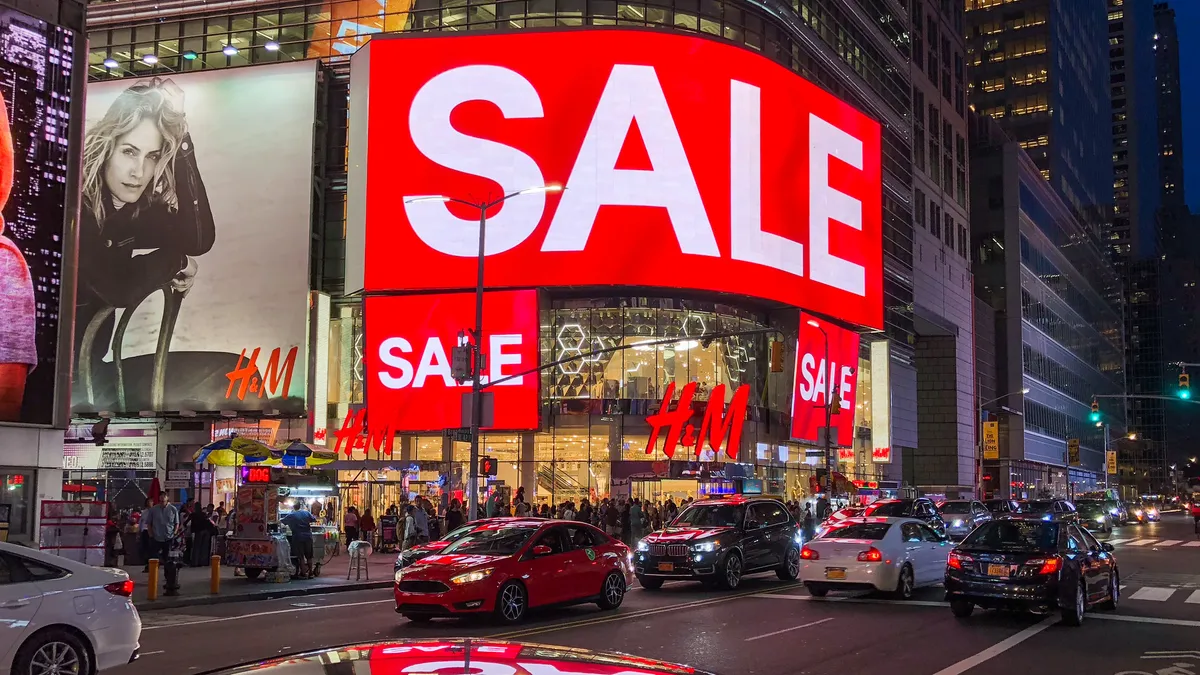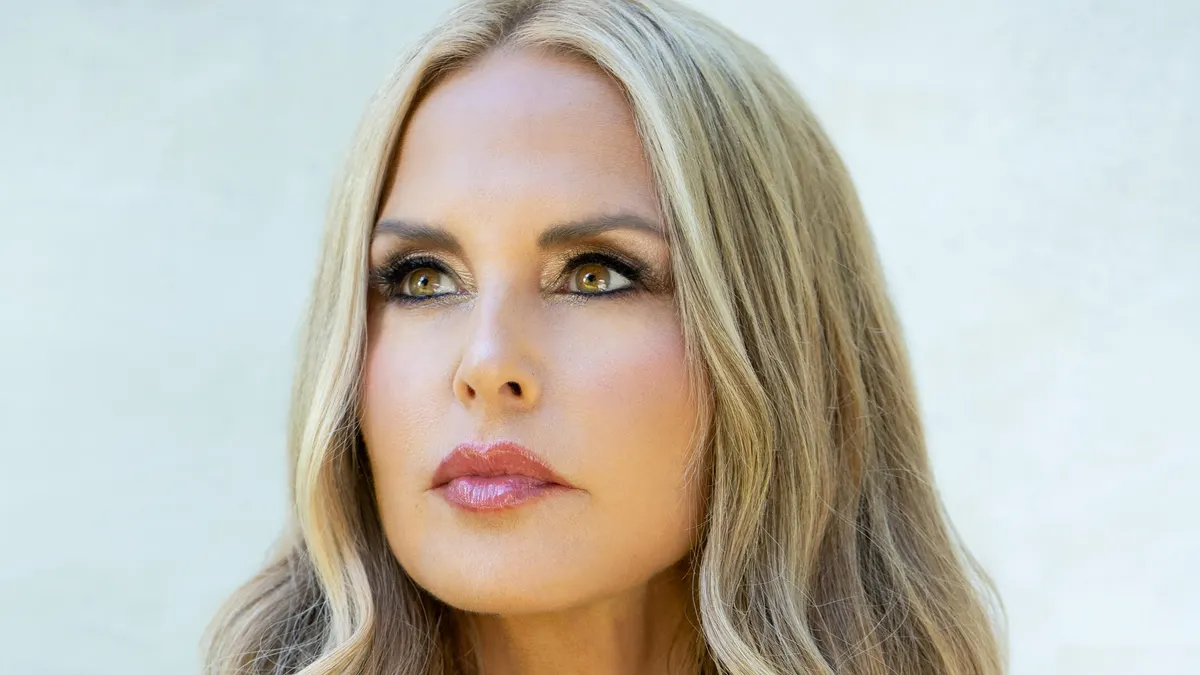Retailers have been roiled by the COVID-19 pandemic for much of the year, but they may have learned something about how to protect their margins. The lesson has been born of necessity, and hinges on inventory management.
Unfortunately, the necessity arises from a bleak environment created by the disease outbreak. Shopping for a while in 2020 seemed secondary, to say the least, as the pandemic continued (even now) to take a toll on lives and livelihoods. When it comes to clothing, especially, few have needed anything new for work or special events because they have been stuck at home. That sent apparel sales plummeting for several months in a row.
With stores forced shut for weeks and sales plunging, so-called nonessential retailers, in an attempt to shore up their finances, scrambled to get a grip on their inventory, canceling orders and packing up spring merchandise for the following season. By summer, a time when retailers are deep into planning for the holidays, the all-important fourth quarter seemed destined to be grim. To salvage it, the industry worked to get things going in October, as they braced themselves for more pandemic fallout.
The first two weeks of November were sluggish.
"The majority of retailers experienced a slowdown in [the first half of] November, despite an earlier start to holiday promotional activity," MKM Partners Managing Director Roxanne Meyer said in a Nov. 30 client note. "[T]his may have been influenced by the election, which served as a distraction, as well as by unseasonably warmer weather, particularly over the last several weekends. ... However, the set-up is favorable from both a supply and demand perspective."
Demand and supply
Indeed, many consumers, having saved some cash thanks to a federal stimulus package and after a summer mostly devoid of travel and entertainment, seem more ready to close out the year by spending on themselves and their loved ones.
With less ability to spread cheer at stores, however, the Black Friday weekend saw lighter crowds and lower spending than last year, according to the National Retail Federation. Foot traffic was down 52%, though e-commerce boomed, with online sales up 22% year over year to a record $9 billion on Black Friday alone.
While e-commerce was key to sales, the inventory situation appears to have held an important upside for how "black," or profitable, Black Friday would be. Several analysts, including Meyer, recorded markdowns that were even with or lower than last year, and smaller clearance racks, at several retailers over the sale weekend. Bath & Body Works, Victoria's Secret, Pink and Coach, for example, had lower promotions and less clearance; promos at Anthropologie and Urban Outfitters were like last year, but clearance was down; and both types of prices cuts were about the same year over year at Chico's, Gap and Old Navy, per MKM Partners.
Similarly, of the retailers tracked by B. Riley analysts over the weekend, American Eagle Outfitters, Abercrombie & Fitch Co., Carter's and The Children's Place demonstrated the "best promo control."
"Overall, we believe our coverage saw flat/lower [Black Friday] promos compared to previous years as retailers entered into the holiday season with significantly leaner inventory due to more conservative planning due to COVID," B. Riley analysts Susan Anderson and Alec Legg said in emailed comments Nov. 30.
The lack of "doorbuster" deals probably exacerbated the lower traffic that was already expected (as consumers avoid stores and retailers enforce store limits and social distancing, in order to stymie the spread of the virus), Morgan Stanely analysts led by Kimberly Greenberger noted in a Nov. 30 client note.
But lower promotions yield higher profits, and that has become increasingly evident throughout the year, according to BMO Managing Director Simeon Siegel.
"As we've been suggesting since early pandemic days, when retailers stopped ordering product, manufacturers stopped making it, triggering broad-based inventory scarcity and allowing retailers a unique opportunity to pull back on promotions, regain pricing power and elevate profits," he wrote in a Monday client note.
The lesson
Nobody wants a pandemic, and everybody wants to get back to normal. But the inventory management forced onto retailers could work for them after the crisis is over.
It's an opportunity for retailers no matter their customer base, from luxury to mass market, Siegel said by email. "I believe this is a broad-based opportunity," he said. "COVID slashed revenues across the board and therefore also created broad-based opportunity to re-evaluate the optimal level of products to sell versus the price points to sell them at."
In apparel, the "less is more" attitude could also further the incoming trends predicted by some in fashion who believe that many people will be ready to have fewer but nicer garments made more sustainably.
"I believe there are growing numbers of consumers who are willing to wait and buy something pricier of higher quality as long as the brand is delivering on its promises of transparency and authenticity," Thomai Serdari, professor of luxury marketing and branding at New York University's Stern School of Business, said by email. "I definitely expect to see a changed apparel landscape and the sooner that happens the better for everyone. It implies a complete rethinking of both supply chains and inventory management — this time the push is coming from the consumer, which makes it remarkable."
The trick will be, rather than swinging back to "normal" when it comes to supply, to instead turn the inventory control foisted onto retailers by the pandemic into a new discipline, according to Siegel. That entails scaling back on sales, for the sake of profits. L Brands' Victoria's Secret already seems to have bought in, he has noted previously.
"The question is whether or not retailers adhere to their learnings and take them with them post pandemic," he said. "Or whether they revert to the prior focus on growth for growth sake. Plenty will likely go after the forbidden fruit, hopefully a critical mass will show restraint."





















